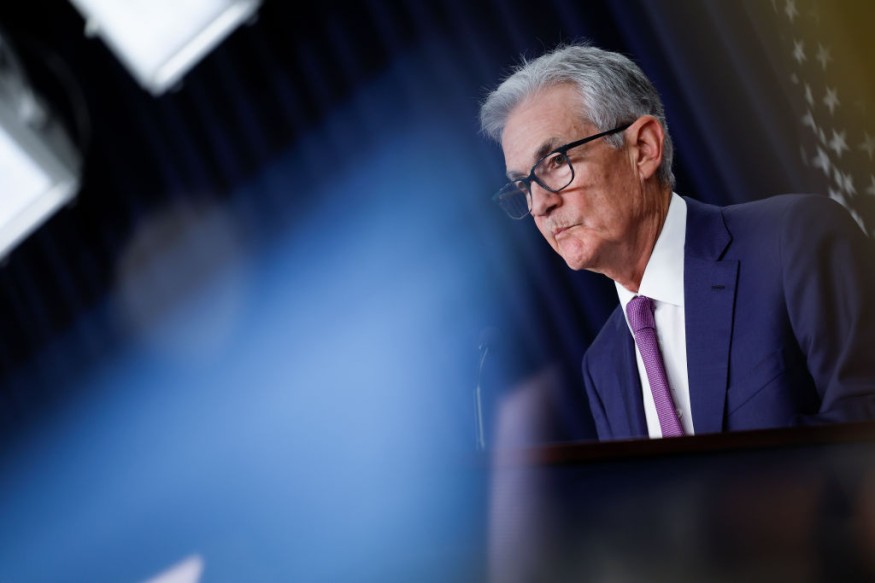Federal Reserve Resists Rate Cuts Despite Near 2% Inflation: What's Holding Them Back?
Americans are ready for the Federal Reserve to start lowering interest rates and lessening the burden on borrowers, from Wall Street speculators to auto sellers to house purchasers.

This year, the Fed is most likely to do so many times. According to its preferred indicator, inflation increased in 2023's second half at a pace of almost 2% annually, which is the Fed's goal level. However, a number of central bank representatives emphasized this week that they weren't prepared to act just yet.
Why isn't it time to reduce now that inflation is almost under control and the Fed's benchmark rate is at a 22-year high?
Some express concern that if the Federal Reserve opts to reduce rates at this juncture and inflation experiences a resurgence, the Fed might find itself compelled to reverse its decision and raise rates once more.
Addressing this concern, Tom Barkin, president of the Federal Reserve Bank of Richmond, remarked on Thursday that history offers numerous instances of inflation deceiving observers. He cited the example of 1986, during Paul Volcker's tenure as Fed chair, when inflation appeared subdued.
Barkin noted, "The Fed reduced rates, but inflation then escalated again the following year, causing the Fed to reverse course."
Balancing Economic Strength and Inflation Concerns
Numerous officials have expressed a preference for waiting to observe whether inflation continues its downward trend. Concurrently, they emphasize that the economy remains robust enough to flourish without the necessity of rate cuts.
Notably, last month witnessed a surge in hiring by American employers, with the unemployment rate holding steady at 3.7%.
Steven Blitz, chief US economist at GlobalData TS Lombard, remarked, "They're going to be glacial, and take their time. They're willing to say, 'We don't know, but we can afford to wait so we're going to wait.'"
The resilience of the economy has prompted questions regarding the efficacy of the Federal Reserve's 11 rate hikes. If the impact of higher borrowing rates on curbing economic activity is perceived as minimal, some officials may advocate for maintaining high rates for a prolonged period or deem fewer rate cuts necessary.
However, their prudence comes with dangers. As of right moment, it looks like the economy will have a "soft landing," where inflation will be controlled without leading to a recession or substantial unemployment. However, there is a greater chance that many businesses and people would cut down on their borrowing and spending if borrowing rates remain high, which would hurt the economy and perhaps cause a recession.
High rates may make it more difficult for banks to refinance their problematic commercial real estate loans at higher rates, which would further exacerbate their problems.
However, since then, economic development has quickened. During the latter three months of the previous year, the economy grew at an incredibly robust 3.3% annual pace. Manufacturers and service providers, including banks, shippers, and retailers, were surveyed, and the results showed that activity picked up last month.
All things considered, the most recent data point to the possibility that the economy is not going to make a soft landing but rather what some analysts refer to as a "no landing," which is a situation in which the economy would continue to be strong and inflation would continue to be a risk, maybe staying over the Fed's objective. The Fed would feel forced to maintain rates at high levels for a considerable amount of time in this scenario.
Powell stated last week that although the Fed continues to aim for "strong growth," a robust economy does carry the risk of driving higher prices.
Related article: Biden Administration Announces Additional $4.9 Billion in Student Loan Debt for 73,600 Borrowers
© 2025 MoneyTimes.com All rights reserved. Do not reproduce without permission.











